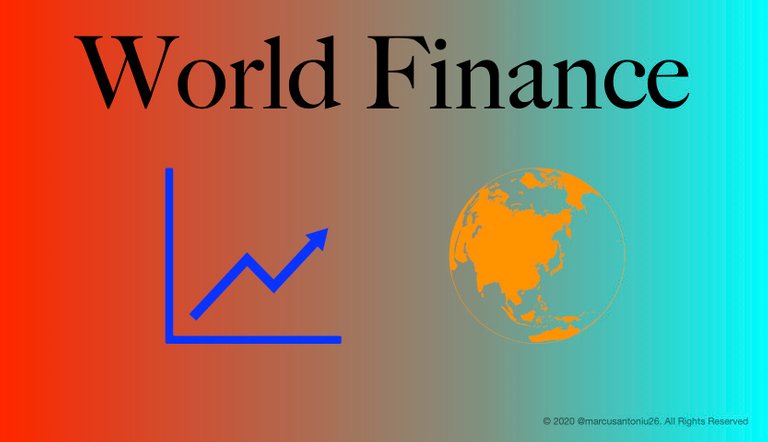
A world reserve currency is a currency that is widely accepted and held in significant quantities by governments and institutions around the world to facilitate global trade and transactions. The dominant world reserve currency in the 20th and 21st centuries has been the US dollar.
The US dollar has played a significant role in global finance since the end of World War II, when the Bretton Woods Agreement established the dollar as the world reserve currency. Under this agreement, countries agreed to peg their currencies to the US dollar, which was in turn pegged to gold at a fixed exchange rate. This system provided stability and predictability in international trade and finance, as the value of currencies was linked to a tangible asset.
The dollar's dominance as a world reserve currency has many advantages for the United States. First, it allows the country to borrow at lower interest rates than other countries, as there is high demand for US dollars around the world. This has helped the US government finance its budget deficits and maintain a strong military presence overseas. Second, it gives the US a significant advantage in international trade, as it can use its currency to buy goods and services from other countries without having to first exchange its currency for theirs. Finally, the dollar's status as a world reserve currency has helped maintain its value relative to other currencies, which has kept inflation low and stable in the US.
However, the dollar's dominance as a world reserve currency also has some downsides. First, it can make the US vulnerable to global economic instability, as fluctuations in the dollar's value can have far-reaching consequences for other countries. Second, it can encourage the US to run large trade deficits, as other countries are willing to lend the US money in order to hold dollars. Finally, it can make it more difficult for the US to compete with other countries in export markets, as the strong dollar makes US goods more expensive relative to other countries' goods.
The dollar's dominance as a world reserve currency is showing signs of decline. Other currencies, such as the euro and the Chinese yuan, have gained in prominence in recent years. In addition, countries have started to trad ein their local currencies and Saudi Arabia has started to not use exclusively the dollar for the oil trade.
In conclusion, a world reserve currency is a currency that is widely accepted and held in significant quantities by governments and institutions around the world to facilitate global trade and transactions. The US dollar has played a dominant role as the world reserve currency since the end of World War II, providing the US with many advantages but also some challenges. There are signs that show the decline of the US dollar as a world reserve currency.
For further information, read this article